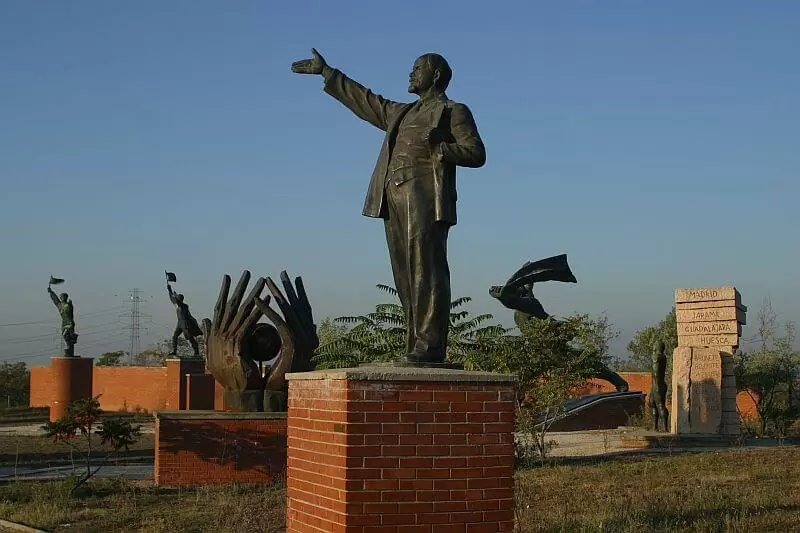
31 Aug Alternative museums in unusual places
For museum fans, Budapest has all the usual offerings – from natural, national and ethnographic museums, to the more locally relevant communist history and Holocaust museums. But if you’re one of those people that often tells themselves that they’re “just not a museum type of person”, you might be surprised at some of the more unusual places Budapest has to offer.
Here are a few worth checking out while you’re here:
Hospital in the Rock
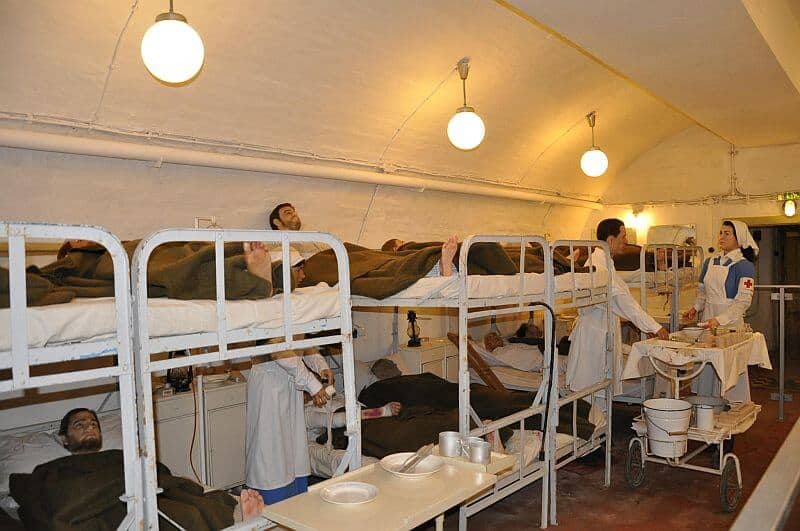
photo: budapestagent.hu
The Hospital in the Rock Nuclear Bunker Museum (Sziklakórház Atombunker Múzeum) is a former secret hospital and nuclear bunker which lies inside a 10km stretch of interconnected caves and cellars located beneath Buda Castle Hill. It has been open to the public since 2008 for guided tours and has waxwork recreations of various day-to-day scenarios from the hospital’s past.
It’s history dates back to WWII when the Castle Quarter was part of the government’s headquarters and the order was given to build and fortify an air raid shelter and a hospital there. After the war, it was further fortified to withstand chemical and nuclear attack and was kept in use throughout most of the Cold War.
It saw its heaviest use during the 1944-45 Siege of Budapest where the hospital, originally designed to handle 60-70 people, at one point was being used to treat 600 wounded soldiers. Food and resources were scarce and doctors even had to scavenge and re-use medical supplies from the dead.
Children’s Railway
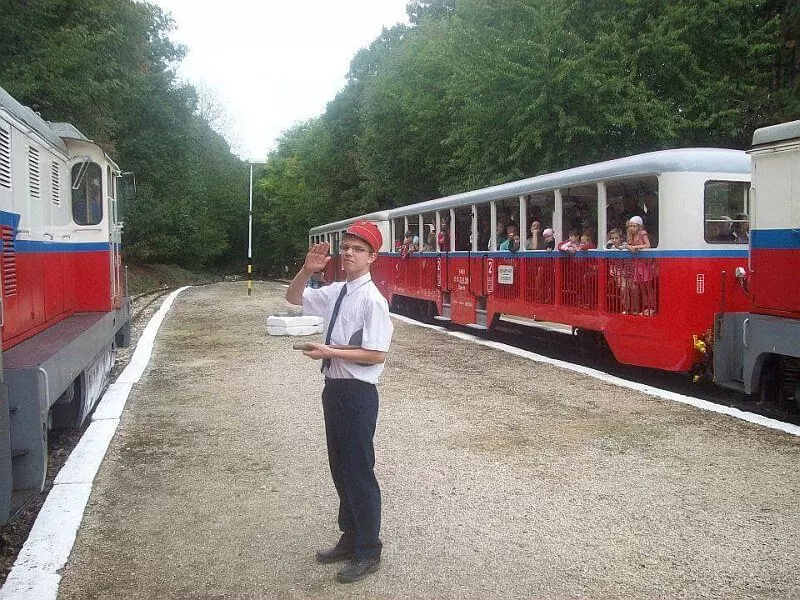
photo: sihuhu.com
The Gyermekvasút is not just a museum but a living attraction, that, as the name suggests, is a railway line operated by children (supervised by adults). It all stems from the Soviet era when similar children’s railways could be found all over the Union.
Getting the chance to work on the railway was a highly-coveted extracurricular activity for school children, and a great addition to the CV. As such, standards were high and only the best children were picked.
Today, the one in Budapest is one of only a few that still operate, and much like the bygone era, it’s still considered a privilege for kids to work there. The receive months of training and even get to take time off school. Once on duty, they do everything from manning the driver’s booth, to checking tickets and running the stations.
The railway runs along 11.2km of 760 mm narrow-gauge track, travelling through 7 stops from Széchényi-hegy to Hűvösvölgy. An adult ticket for the whole line costs 700 HUF each way and 600 HUF (around 2 Euro) for any part section of the line. Children go for half price.
Pinball Museum
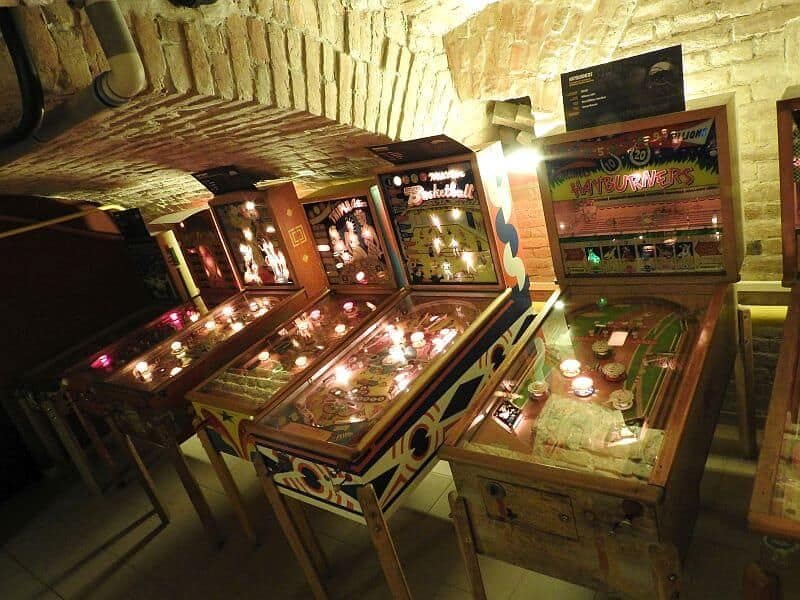
photo: flippermuzeum.hu
Although not strictly related to Hungarian history, the Budapest Pinball Museum has Europe’s largest exhibition of machines, spanning the earlier designs from the end of 19th century through to the most state-of-the-art pinball tables of the 21st century. What’s more cool is that you can play just about all of them for just the cost of your entrance ticket.
Ranked 12th out of hundreds of Budapest tourist attractions on TripAdvisor, it has gained a cult following and glowing media coverage since it opened in 2014. The museum is the work of Balázs Pálfi, who began collecting machines as a hobby, eventually collecting so many he felt the need to open up a museum to share them with the world.
Today, the museum has over 130 machines and is open from afternoon until late Wed-Sun. A ticket for unlimited play time costs 2,500 HUF (around 8 Euro) and guided tours can be arranged. And for the competitive amongst you, the museum regularly holds competition evenings.
Memento Park

photo: tourinform.hu
If you like looking at statues of old Communist icons, then Memento Park is the place to visit. Located on the outskirts of the city, this is the final resting point for many of the statues that were erected during the time and then unceremoniously uprooted and dragged here after the fall of the Soviet Union by a population very keen to forget the era.
Today, it serves as a great walk around museum, with 42 pieces on display including statues of Marx, Lenin and Engels. One of the feature attractions is the Liberation Army Soldier. It’s a 6-meter tall statue of a Soviet Soldier which once lived atop Gellért Hill, a menacing reminder of the times, visible from all directions of the city.
Alongside the statues, the museum has a variety of other permanent and temporary exhibitions chronicling various aspects of life at the time. A ticket costs 1,500 HUF (around 5 Euro).


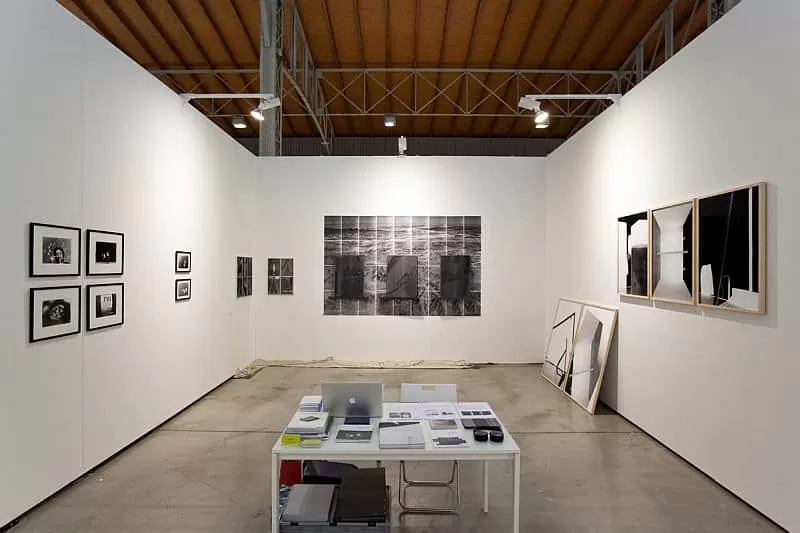
Sorry, the comment form is closed at this time.